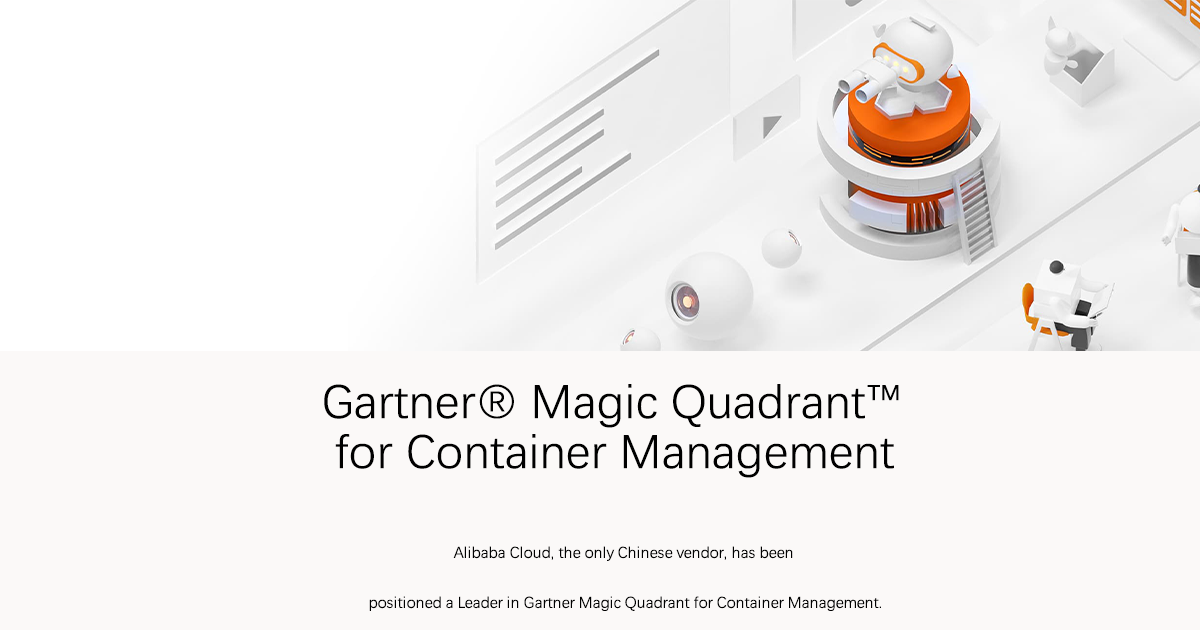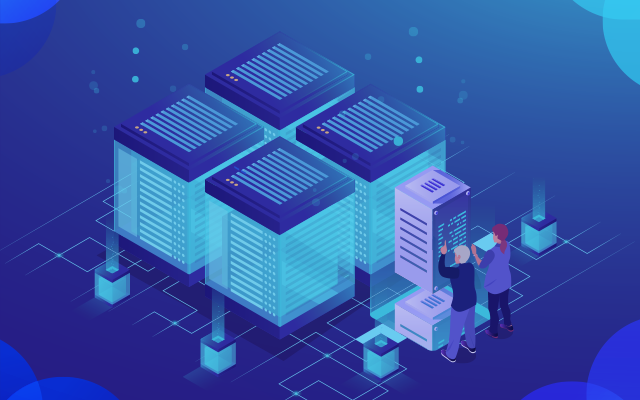This article outlines a detailed strategy for designing and maintaining high-performance architectures on Alibaba Cloud.

The article introduces the benefits and access procedures of using ACK One registered clusters to address the challenges of scalability and flexibility in enterprise digital transformation.

This article provides a comprehensive overview of the development, key technologies, architecture, and current industry ecosystem of container technology.

This article describes how to use preemptible instances in Knative.

This article describes how to combine elastic scheduling with ECIs to quickly respond to instantaneous computing power requirements.

This article presents two scenarios to illustrate how the elastic scheduling feature helps enterprises optimize resource allocation, reduce costs, and enhance efficiency.

This article explores the distinctions between mainstream batch computing systems and Kubernetes clusters for distributed Argo Workflows.

When discussing Kubernetes, it’s common for people to associate it with terms like Containers, DevOps, and Cloud Native.

Alibaba Cloud, the only Chinese vendor, has been positioned a Leader in Gartner Magic Quadrant for Container Management.

This short article discusses the benefits of Alibaba Cloud ECI.

This article shares how TuSimple dealt with fluctuations in computing power with Elastic GPU Service and Alibaba Cloud’s suite of Kubernetes container services.

Part 5 of this 6-part series explains how DCDN utilizes protocol optimization to enable dynamic content delivery and a usage scenario related to DCDN.

This article aims to help you understand the concept of serverless from the perspective of daily practices and to select suitable serverless services and products based on your needs.

This article will discuss what is Elastic Container Service, its Architecture, Benefits and Usage Scenarios.

This blogs talks about the benefits of Alibaba Cloud Savings Plans and teaches you how to make the most of out of it.

This article discusses how Alibaba Cloud Elastic Container Instance (ECI) is revolutionizing fully-managed serverless architecture.

This article shares thoughts on serverless Kubernetes and provides an in-depth analysis of serverless Kubernetes in terms of architecture design and infrastructure.

Yili, a senior technical expert at Alibaba Cloud, shares the best practices of container technology implementation through Alibaba Cloud Container Service.

With Alibaba Cloud Elastic Container Instance (ECI), you can run containers simply by providing packaged Docker images, without having to manage underlying servers.
